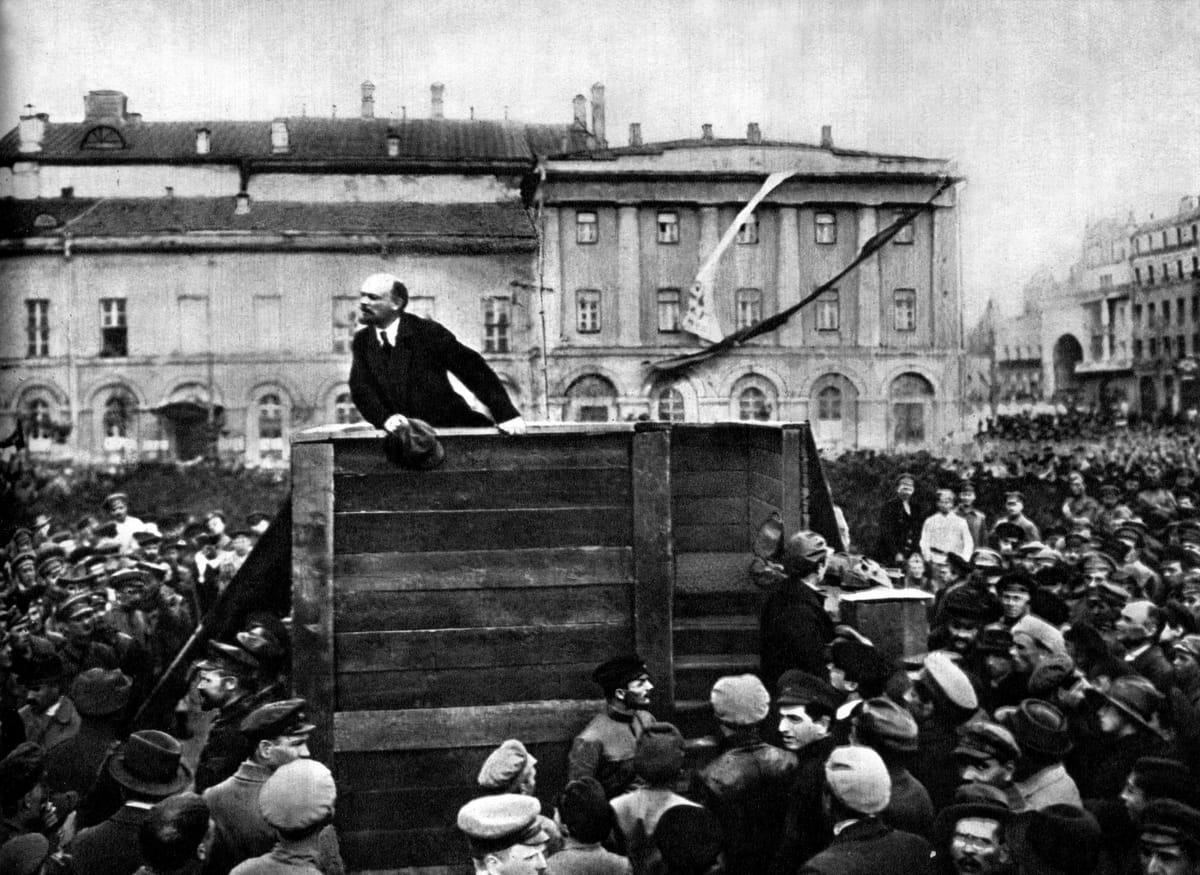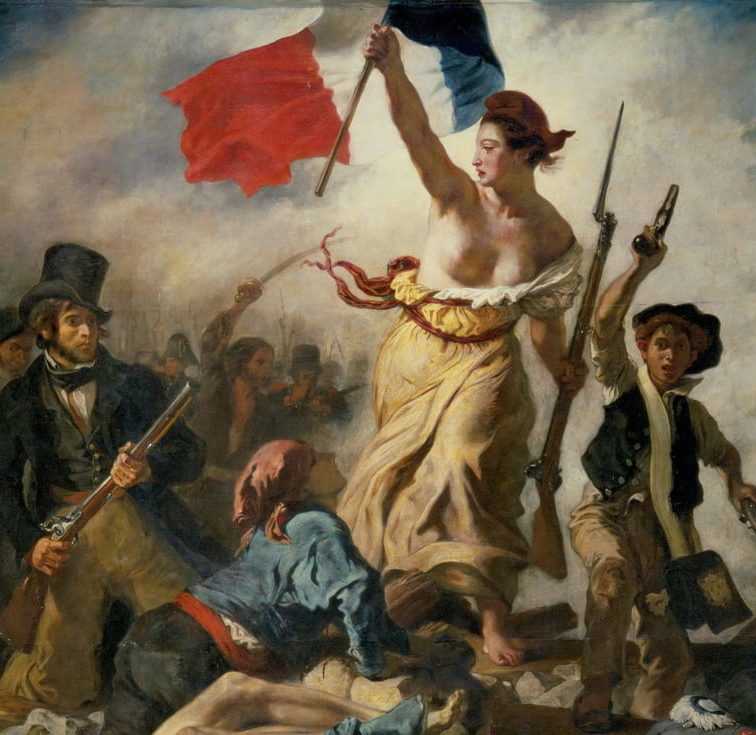The Russian Revolution, a monumental event in the early 20th century, reshaped global politics and society. It’s a tale of upheaval, dramatic twists, and profound impacts that still echo today. From the bread riots sparking a nationwide uprising to Rasputin’s enigmatic influence over the Tsar, each moment played a pivotal role in shaping history.
This revolution wasn’t just about political ideologies; it was a canvas where the roles of women, the impact of war, and the power of charismatic leaders like Lenin were vividly displayed. Join us as we explore 21 fun facts about the Russian Revolution.
1. The Spark That Lit the Fire: The Bread Riots of 1917
In early 1917, the streets of Petrograd (now St. Petersburg) witnessed a seemingly mundane event that ignited the Russian Revolution: bread riots. Fueled by chronic food shortages and the despair of World War I, these riots began as working-class women took to the streets demanding bread. What started as a quest for sustenance quickly spiraled into a mass protest against the Tsarist regime.
These riots marked a critical juncture, transforming social frustration into a revolutionary movement, ultimately leading to Tsar Nicholas II’s abdication.
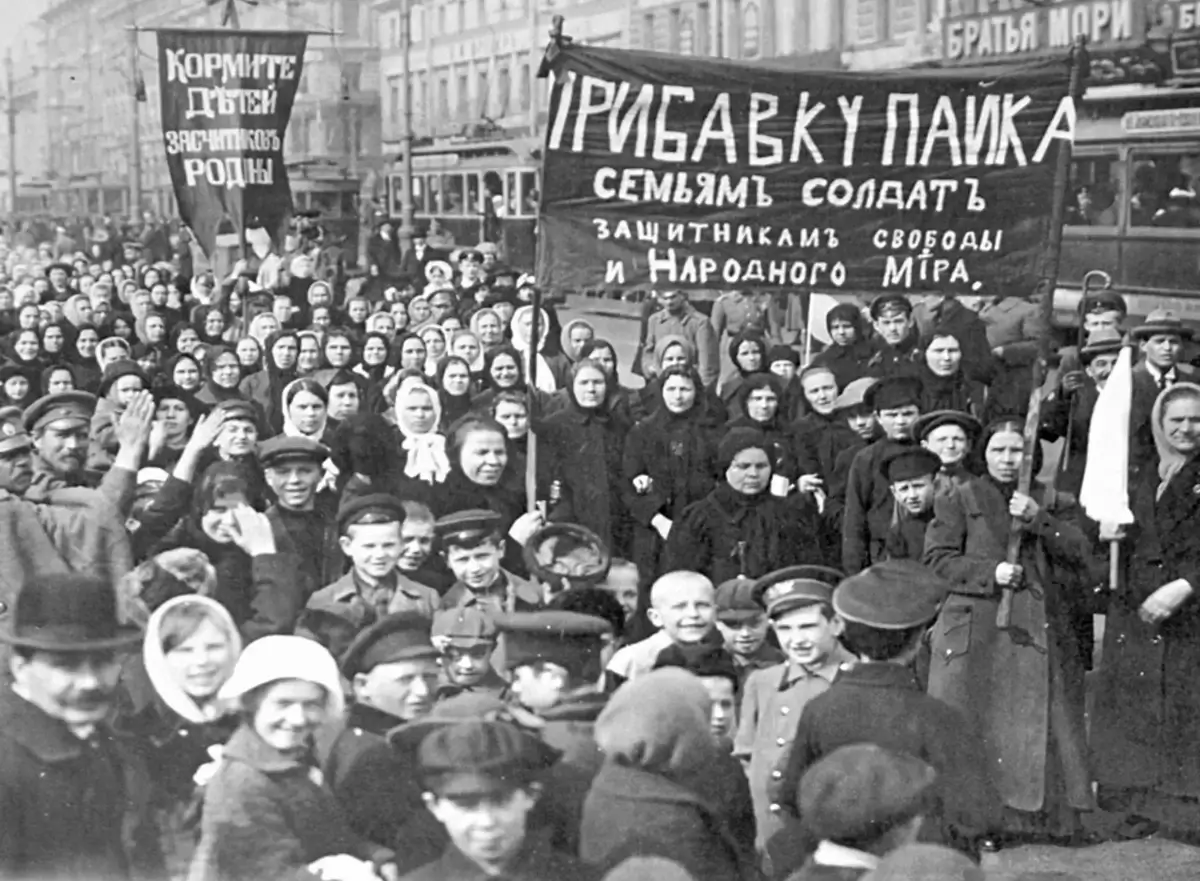
Image: independent.co.uk
2. Tsar Nicholas II’s Mystical Advisor: Rasputin’s Influence
Grigori Rasputin, a Siberian peasant-turned-mystic, wielded unprecedented influence over Tsar Nicholas II, particularly through his reported ability to treat the Tsarevich’s hemophilia. Rasputin’s role in the royal family created a mix of fascination and horror among the public and aristocracy. His involvement in state affairs, coupled with his notorious personal life, fueled widespread resentment.
His assassination in 1916 by nobles reflected the escalating discontent with the Tsar’s rule, symbolizing the crumbling of the old regime and paving the way for revolution.
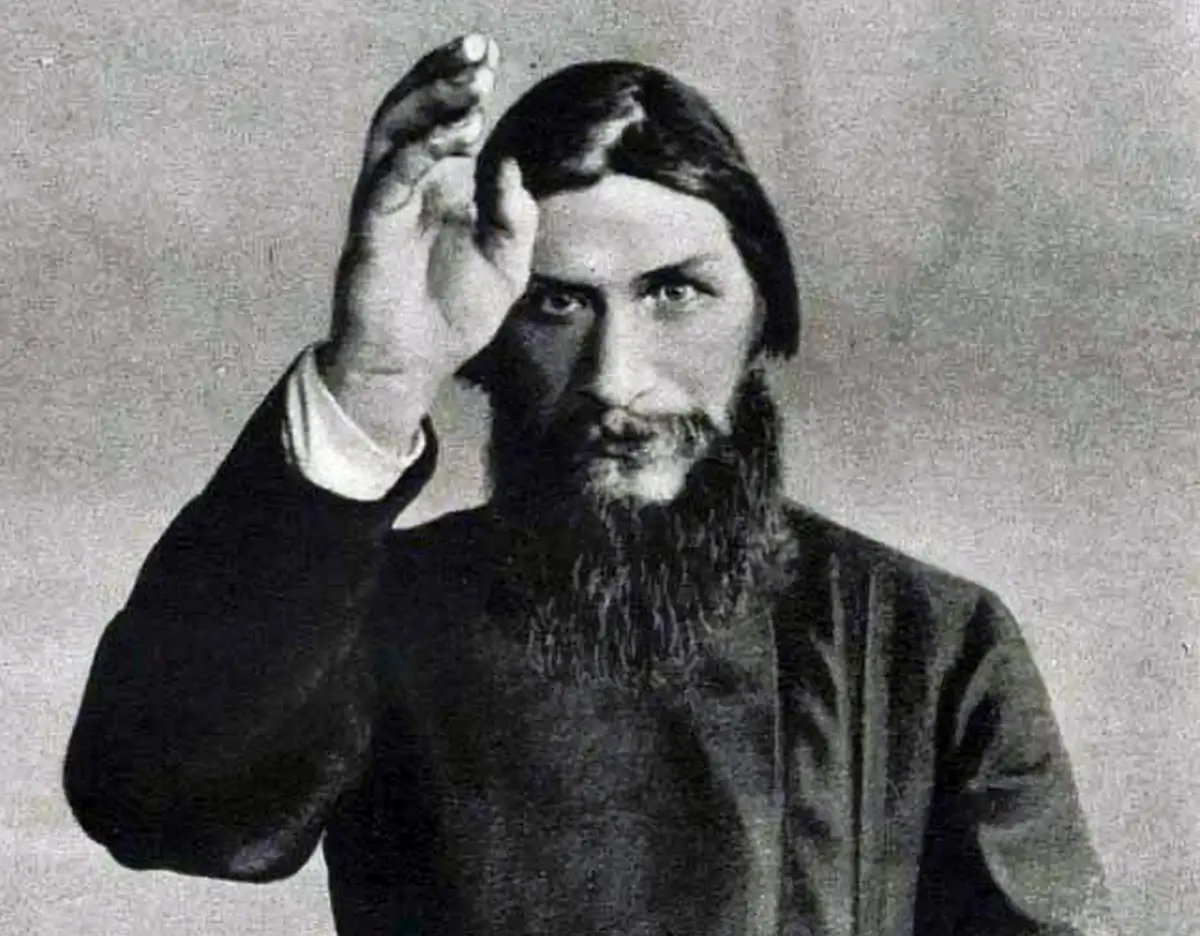
Grigori Rasputin. Image: thesun.co.uk
3. The Crucial Role of Women in the February Revolution
Women were not just participants but crucial catalysts in the February Revolution. On International Women’s Day, March 8, 1917, thousands of women textile workers in Petrograd went on strike, demanding “Bread and Peace.” Their actions sparked a series of strikes and demonstrations, compelling male workers and soldiers to join in.
This pivotal moment underscored the significant, yet often overlooked, role of women in the revolution. Their activism demonstrated the intersection of gender, class, and political struggle, marking a significant step in the fight for women’s rights in Russia.
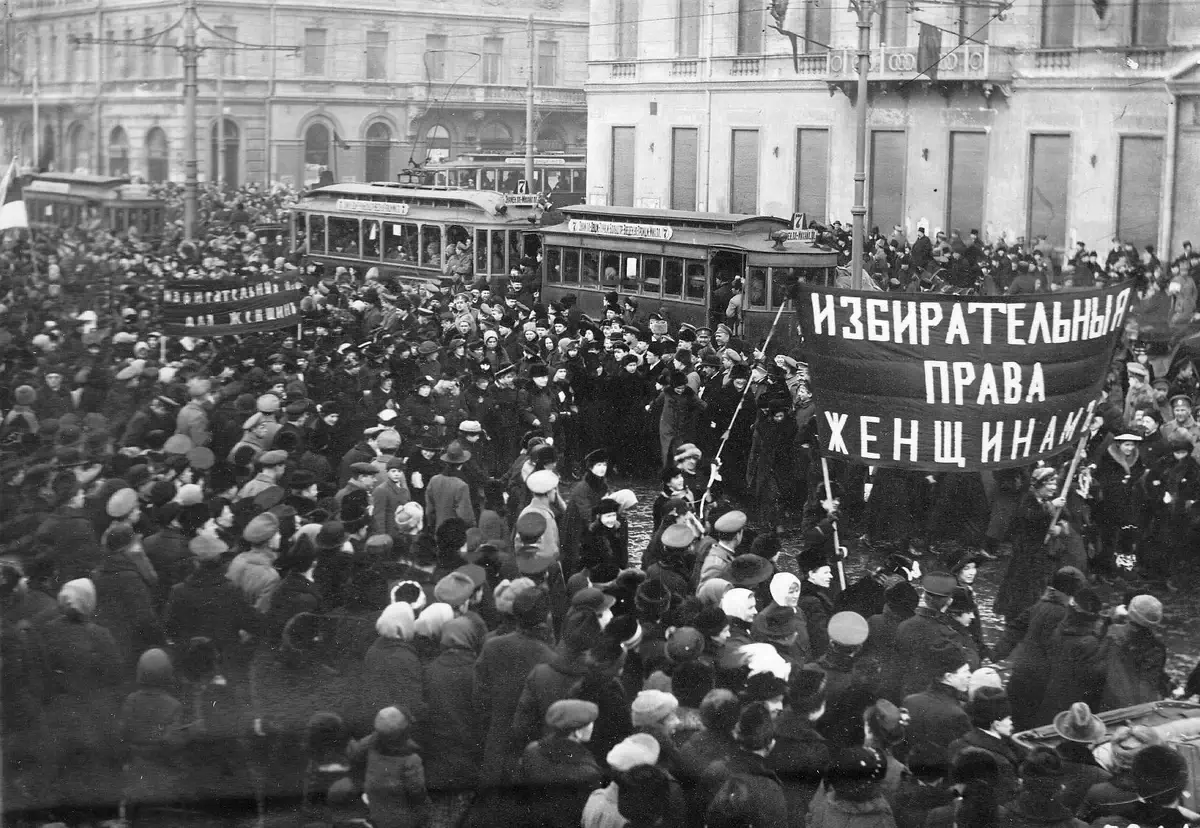
Image: BBC
4. Lenin’s Famed Return from Exile in a Sealed Train
In April 1917, Vladimir Lenin made a dramatic return to Russia from exile in a sealed train, reportedly arranged by the German government hoping to destabilize Russia. This journey marked a turning point in the revolution.
Lenin arrived with his April Theses, advocating for “Peace, Land, and Bread” and a transfer of power to the Soviets. His return energized the Bolshevik faction, setting the stage for the October Revolution. This event underscores the intricate international dynamics of the Russian Revolution and the pivotal role of individual leaders in shaping history.
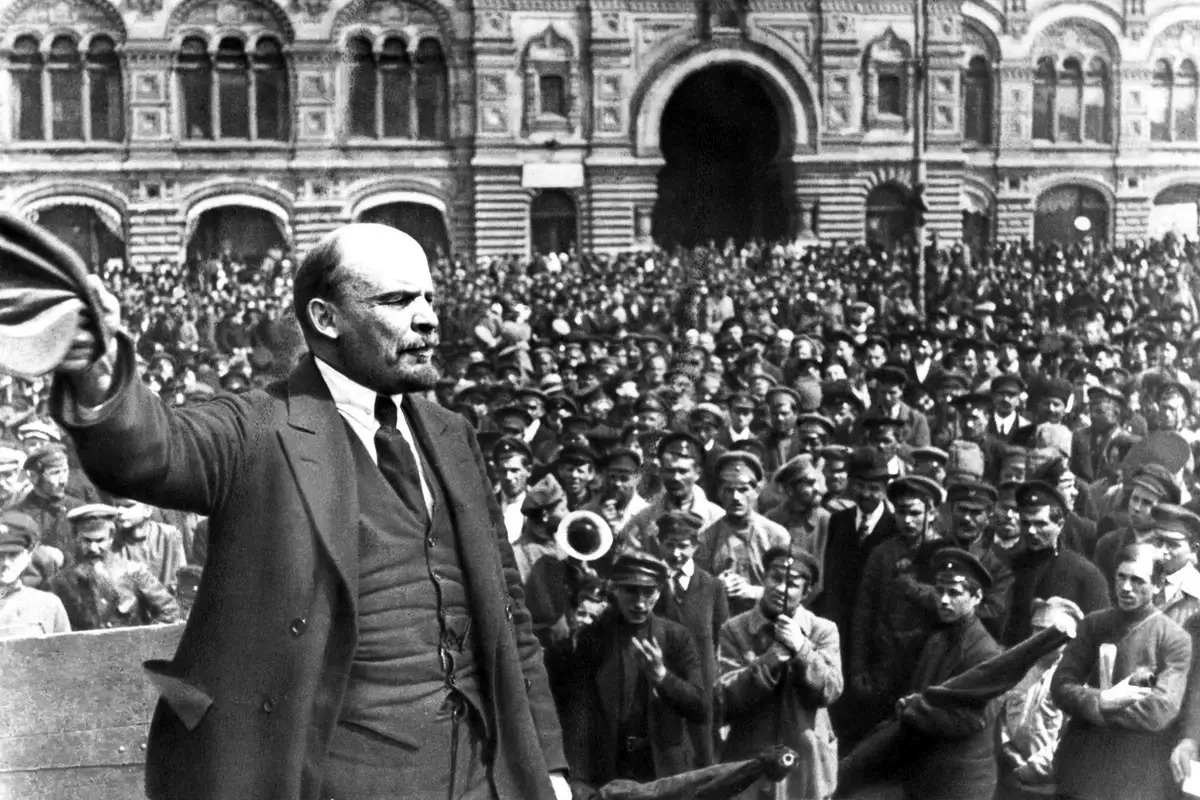
Vladimir Lenin. Image: jornalgrandebahia.com.br
5. The Unique Dual Power Struggle: Soviets vs. Provisional Government
After the abdication of Tsar Nicholas II in 1917, Russia experienced a unique political phenomenon: the dual power structure. The Provisional Government and the Soviets (workers’ and soldiers’ councils) coexisted, each with its own authority.
The Provisional Government, led initially by Prince Lvov and then by Kerensky, sought to maintain order and continue Russia’s involvement in WWI. In contrast, the Soviets, increasingly influenced by the Bolsheviks, demanded immediate peace, land reform, and workers’ control.
This period of dual power was marked by continuous struggles and negotiations, setting the stage for the Bolsheviks’ eventual takeover in October.
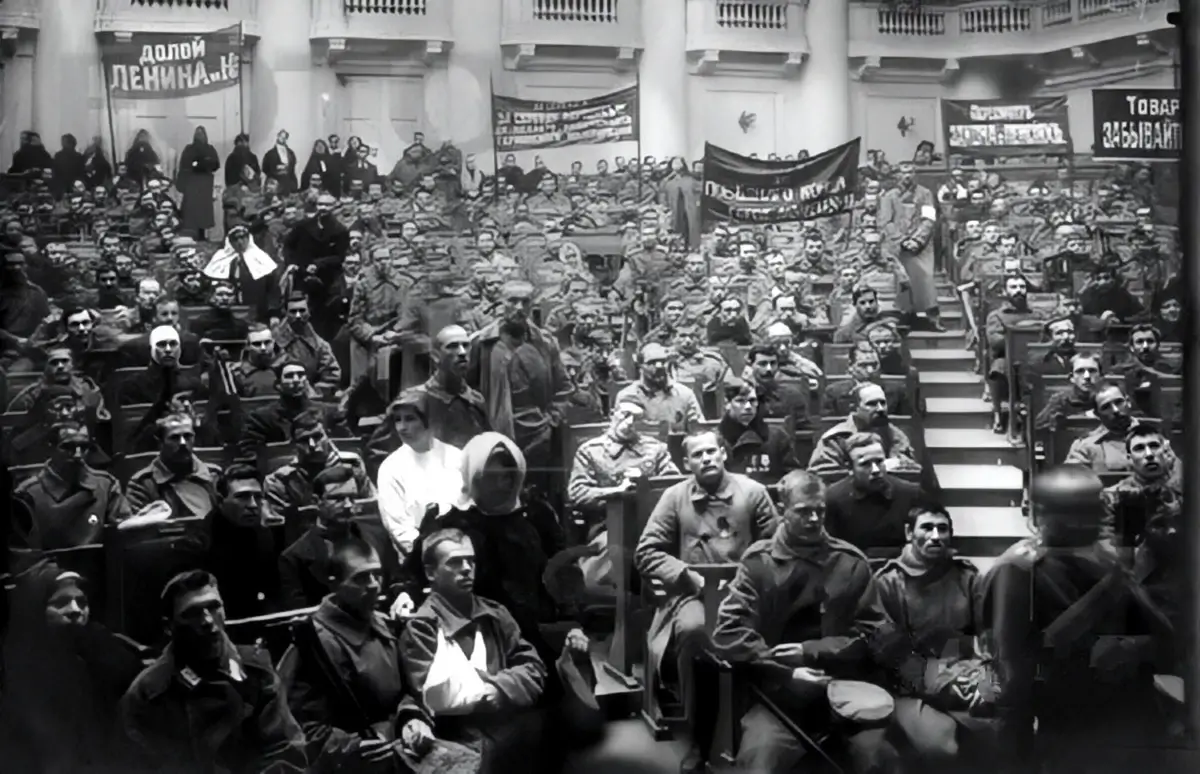
A meeting of the Petrograd Soviet in 1917. Image: lacittafutura.it
6. The Impact of WWI on Russia’s Revolutionary Path
World War I was a catalyst for the Russian Revolution. The war placed immense strain on Russia’s socio-economic structure, exacerbating food shortages, fueling inflation, and causing widespread casualties. The Tsarist regime’s inability to manage the war effectively led to significant discontent among the populace and the military.
The war’s hardships were instrumental in undermining the Tsar’s authority and fostering revolutionary sentiments. It created a perfect storm, where military defeats, economic collapse, and political ineptness converged, paving the way for revolutionary upheaval.
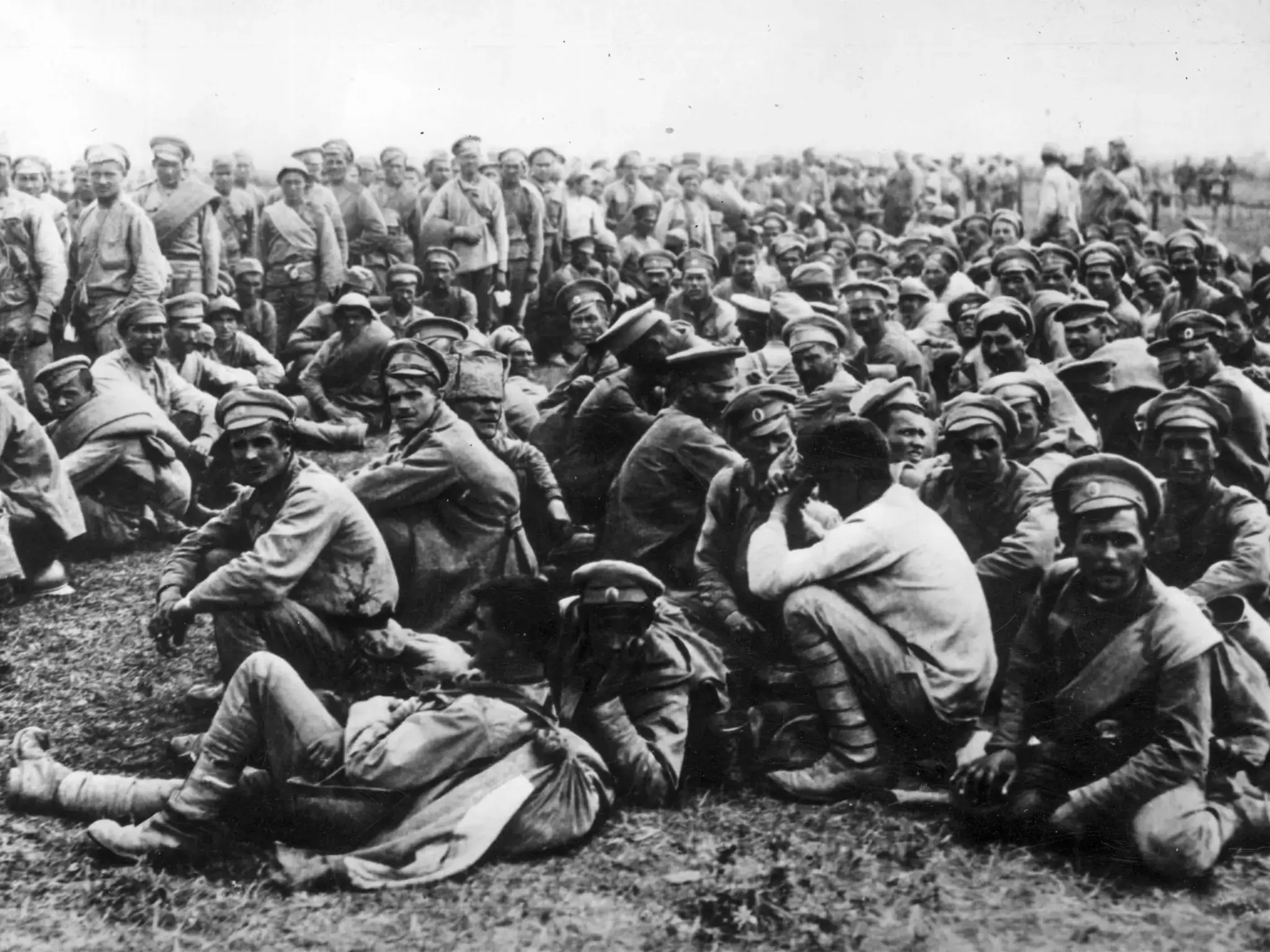
Russian soldiers in WWI. Image: independent.co.uk
7. The Rise of the Bolsheviks: More Than Just Lenin
The Bolsheviks’ rise to power was more complex than Lenin’s leadership alone. It was a confluence of strategic decisions, grassroots support, and the party’s ability to tap into the desires of the war-weary, impoverished populace.
While Lenin’s return and his April Theses played a key role, the party’s growth was also due to its stance on land reforms, peace, and workers’ control. The Bolsheviks’ message resonated with soldiers, workers, and peasants, allowing them to gain significant influence in the Soviets, ultimately leading to their successful seizure of power in October 1917.
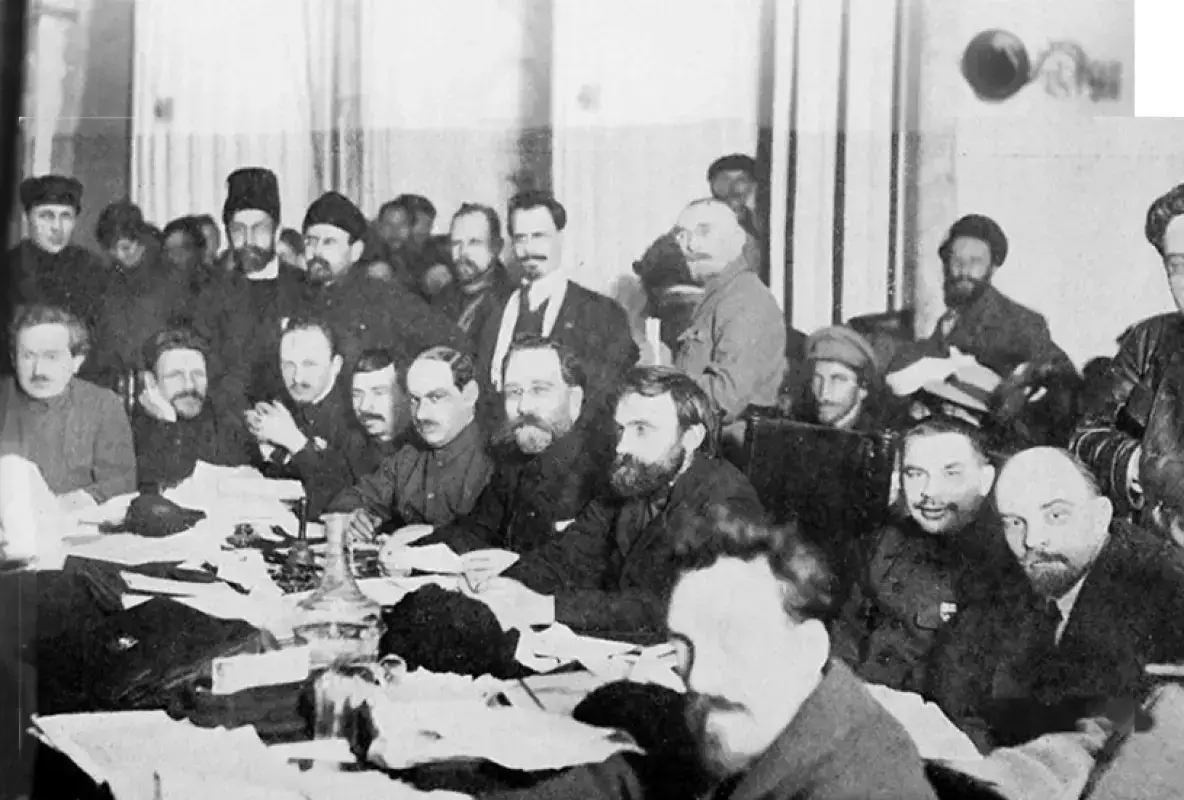
Bolsheviks. Image: tarix.sinaps.uz
8. Kerensky’s Missed Opportunity: A Revolution Averted?
Alexander Kerensky, the leader of the Provisional Government, faced a critical juncture in 1917. He had the opportunity to steer Russia towards a more moderate path, potentially averting the Bolshevik revolution. However, his indecisiveness, failure to end Russia’s involvement in WWI, and inability to address land reforms and workers’ rights led to dwindling support.
Kerensky’s missed opportunity highlights the complexities of revolutionary times, where leadership decisions can significantly alter historical trajectories.
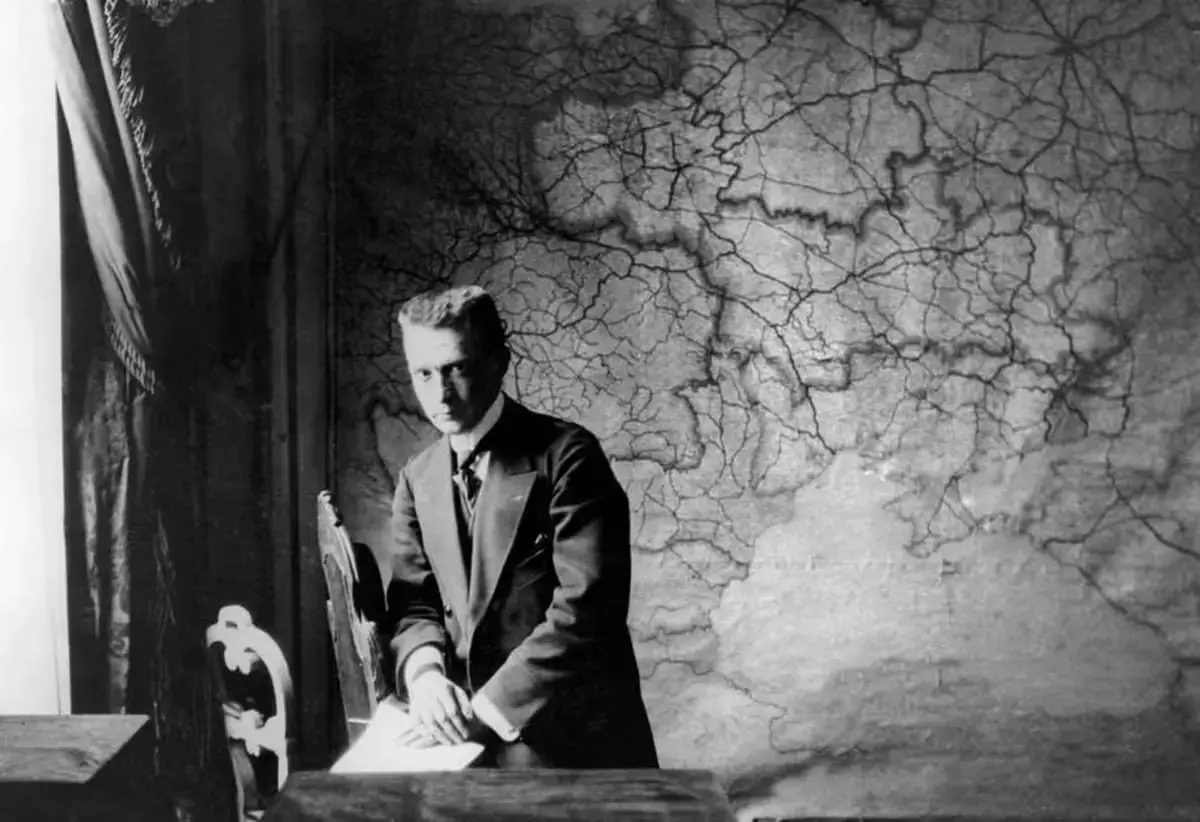
The enduring impact of Alexander Kerensky, the final leader of Russia prior to the Bolshevik Revolution. Image: independent.co.uk
9. The Tragic Fate of the Romanov Family
The Romanov family’s tragic end marked a dark chapter in the Russian Revolution. After abdicating, Tsar Nicholas II and his family were held captive and ultimately executed in July 1918.
This brutal act, carried out by the Bolsheviks, symbolized the definitive end of centuries of Romanov rule and the old Russian order. It was a stark demonstration of the revolution’s ruthlessness and the lengths to which the new regime would go to eliminate any potential threats to its power.

The Romanovs an imperial family. Image: mavink.com
10. The Secret Police: Cheka’s Role in Post-Revolution Russia
The Cheka, Soviet Russia’s first secret police force, played a crucial role in the aftermath of the revolution. Established in December 1917 by Felix Dzerzhinsky, the Cheka was instrumental in suppressing counter-revolutionary activities and maintaining Bolshevik control. Their methods, often brutal and repressive, included summary executions and mass arrests.
The Cheka’s actions during the Red Terror period reflected the harsh realities of maintaining power in a nascent Soviet state and left a lasting imprint on the Soviet regime’s character.
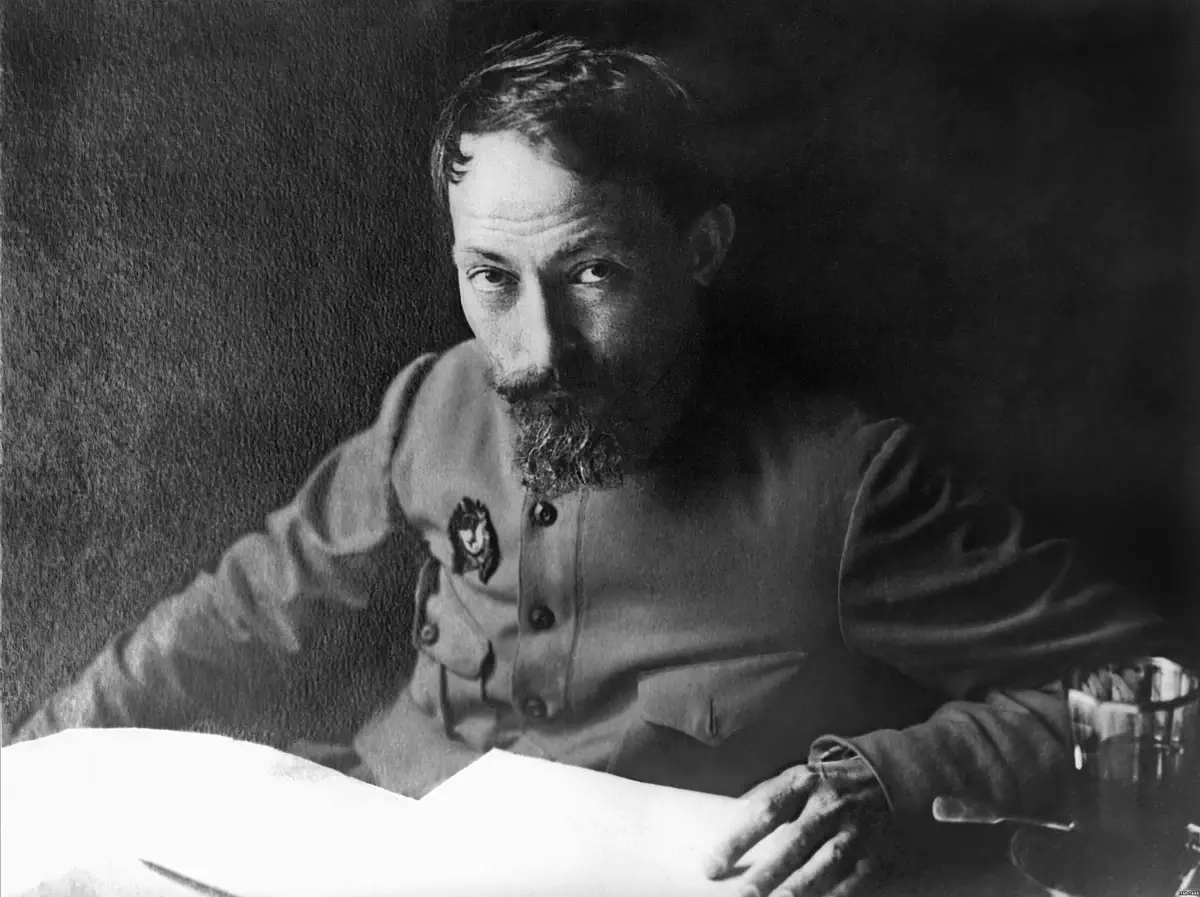
Felix Dzerzhinsky, founder of the Cheka. Image: livejournal.com
11. Art and Revolution: The Birth of Soviet Propaganda
The Russian Revolution catalyzed a radical transformation in art, leading to the birth of Soviet propaganda. Key figures like Aleksandr Rodchenko and El Lissitzky pioneered Constructivism, merging art with political activism. Their works, characterized by geometric forms and bold typography, aimed to serve the revolution.
Socialist Realism, later mandated by Stalin, depicted idealized Soviet life, glorifying workers and peasants. This period was crucial in art history, not just for its political significance but for its innovative artistic techniques and styles, which continue to influence graphic design and visual art globally.
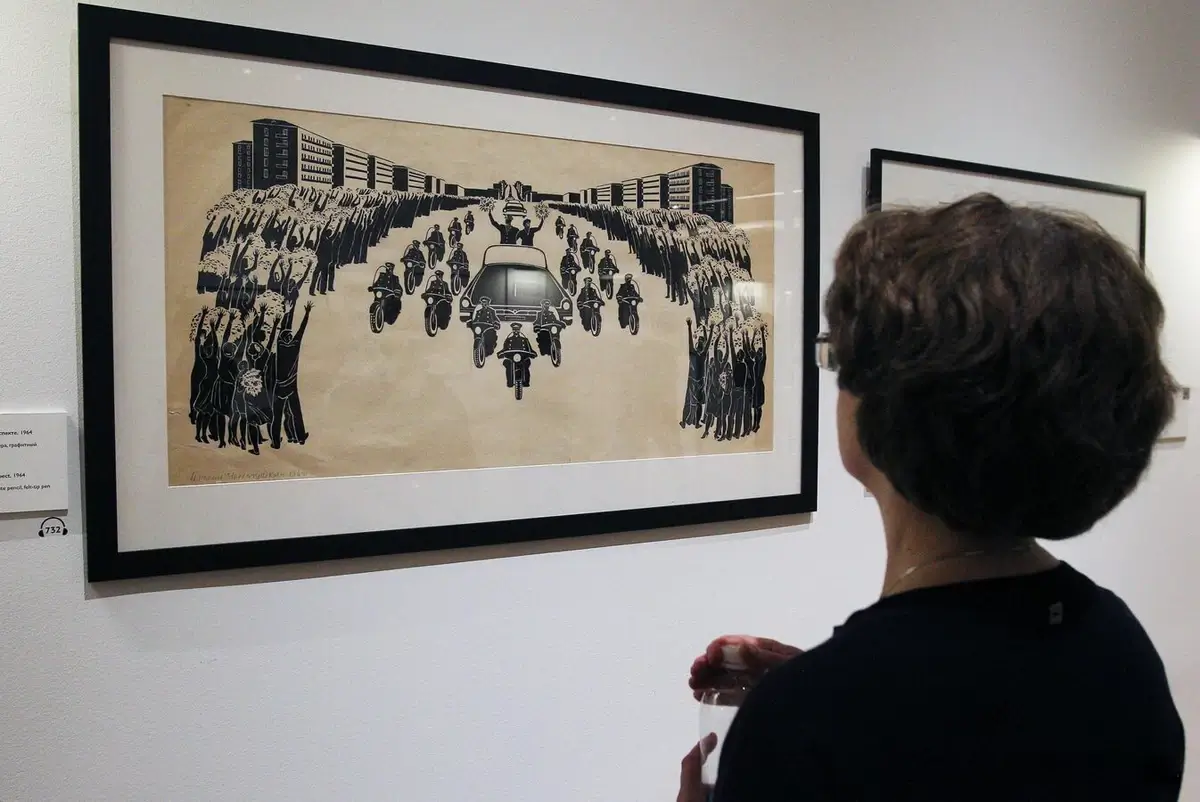
Image: RIA
12. Literature in Turmoil: How the Revolution Changed Russian Writing
The Russian Revolution profoundly impacted literature, reshaping the themes, styles, and purposes of Russian writing. Authors like Maxim Gorky, who initially supported the revolution, and others like Boris Pasternak and Mikhail Bulgakov, who were critical of it, reflected the turbulent times in their works.
The era saw a surge in revolutionary-themed literature, while censorship under the Soviet regime stifled creative freedom. This period was a crucible for Russian literature, producing works that encapsulated the hope, despair, and complexity of the times.
13. The Global Ripple Effect: Worldwide Impact of the Revolution
The Russian Revolution’s global impact was profound and specific. In China, it inspired the May Fourth Movement in 1919, a critical step towards the Chinese Communist Revolution. In India, the revolution influenced leaders like M.N. Roy, a founder of the Communist Party of India in 1920. In Europe, it spurred leftist movements in Germany and Hungary, leading to short-lived Soviet republics in 1919.
These international influences contributed to the ideological foundation of the Cold War, as nations around the world grappled with the concept of communism versus capitalism, reshaping 20th-century global politics.
14. The Forgotten Constituent Assembly of 1918
The Constituent Assembly, elected in late 1917 to draft a new constitution for Russia, was a short-lived but significant entity. Its dissolution by the Bolsheviks in January 1918 marked a critical moment in consolidating Bolshevik power and moving towards a one-party state.
The Assembly’s brief existence and subsequent dismissal highlighted the Bolsheviks’ commitment to their ideological principles over democratic processes, setting the tone for Soviet governance in the years to follow.
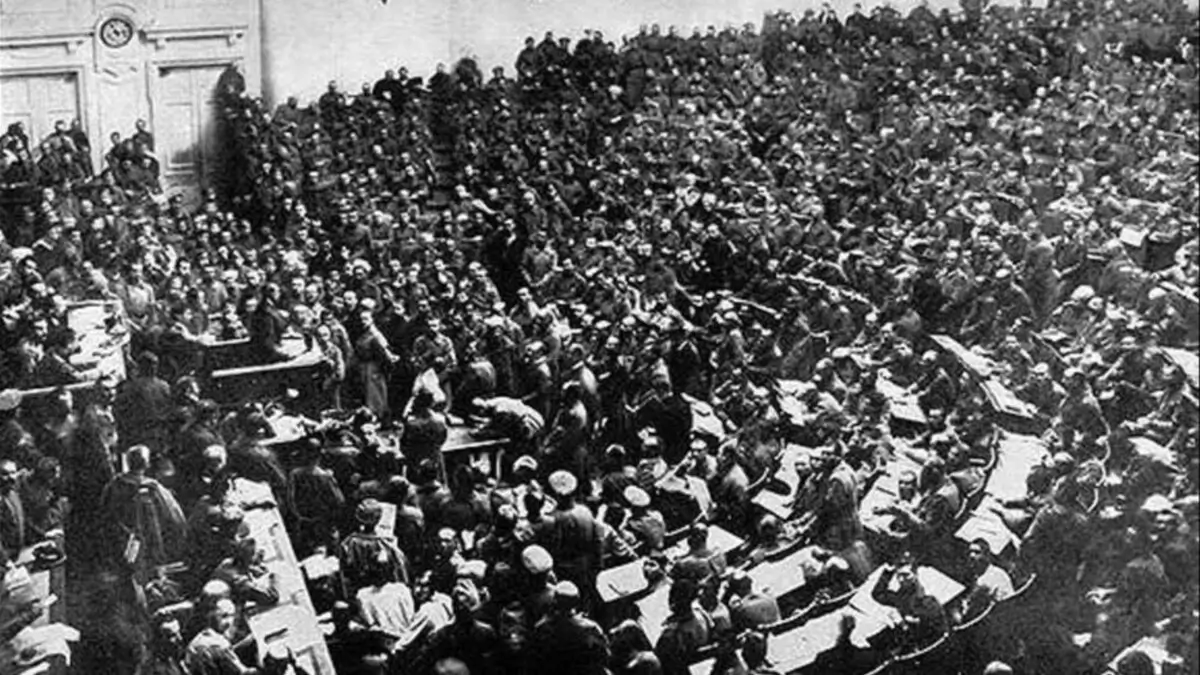
The Constituent Assembly in session, 1918. Image: idelreal.org
15. The Treaty of Brest-Litovsk: A Controversial Peace
The Treaty of Brest-Litovsk, signed in March 1918 between the new Bolshevik government and the Central Powers, ended Russia’s involvement in WWI. This controversial treaty resulted in significant territorial losses for Russia, which was a strategic move by Lenin to secure Bolshevik power at home.
The treaty was seen as a betrayal by many Russians and was a point of contention in the ensuing Russian Civil War. This peace treaty, though seen as a necessary evil by the Bolsheviks, had lasting implications for the post-war European map and Russia’s international standing.

Signing of the Treaty of Brest-Litovsk. Image: Britannica
16. The Red and White Armies: A Civil War Within a Revolution
Following the October Revolution, Russia plunged into a brutal civil war between the Bolshevik-led Red Army and the anti-communist White Army. This conflict, lasting from 1918 to 1922, was marked by fierce battles, political intrigue, and foreign intervention.
The Red Army, under the command of Trotsky, eventually triumphed, consolidating Bolshevik control over Russia. This civil war was not only a fight for political power but also a struggle that shaped the ideological and territorial boundaries of the new Soviet state.
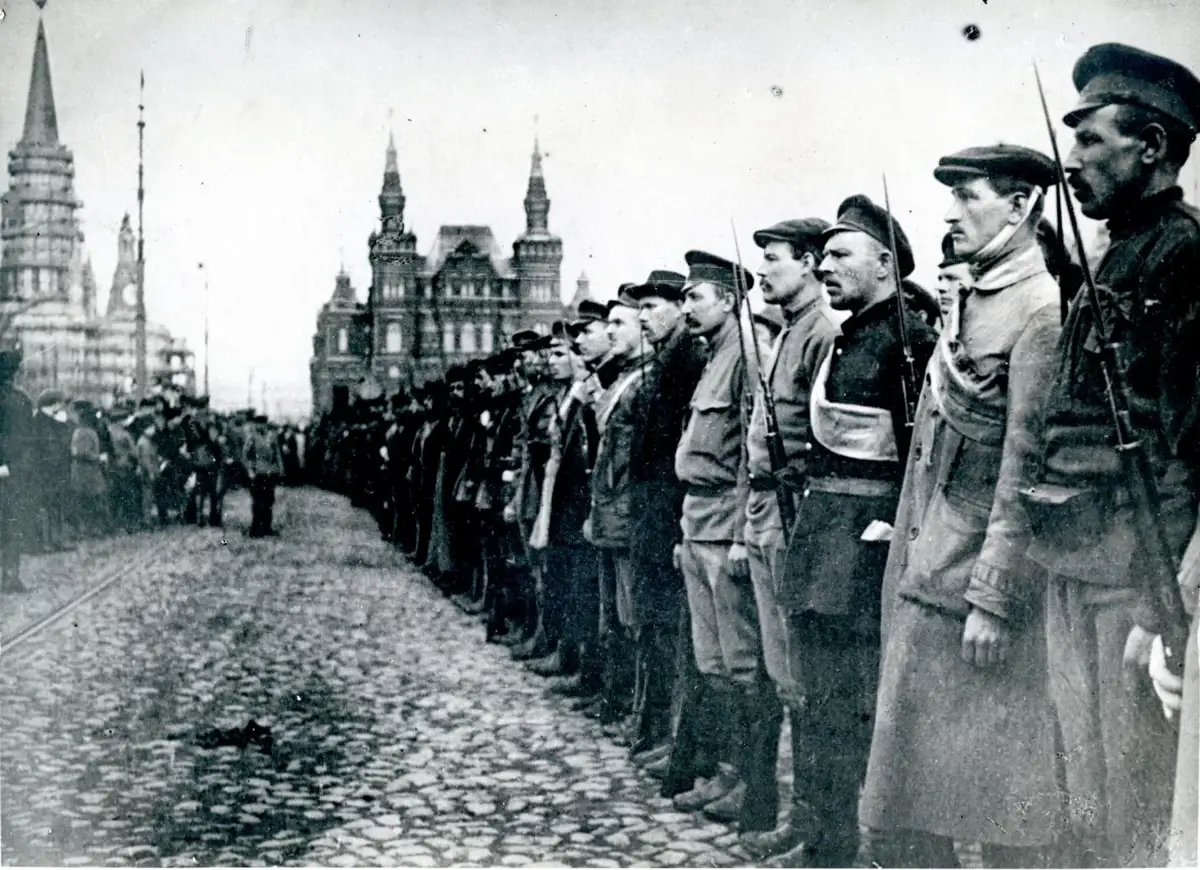
Image: marx-memorial-library.org.uk
17. Trotsky’s Train: A Mobile War Room
Leon Trotsky, as the War Commissar during the Russian Civil War, revolutionized military command with his armored train. This train, a fortress on rails, was not just a means of transport; it was a fully functional command center, complete with a printing press, radio station, and an elite force of 250 soldiers.
Trotsky traveled over 100,000 km from 1918 to 1921, orchestrating key Red Army maneuvers. His train also served as a propaganda tool, distributing literature and orders. This innovative approach to warfare underscored Trotsky’s strategic genius and was pivotal in the Red Army’s eventual victory.
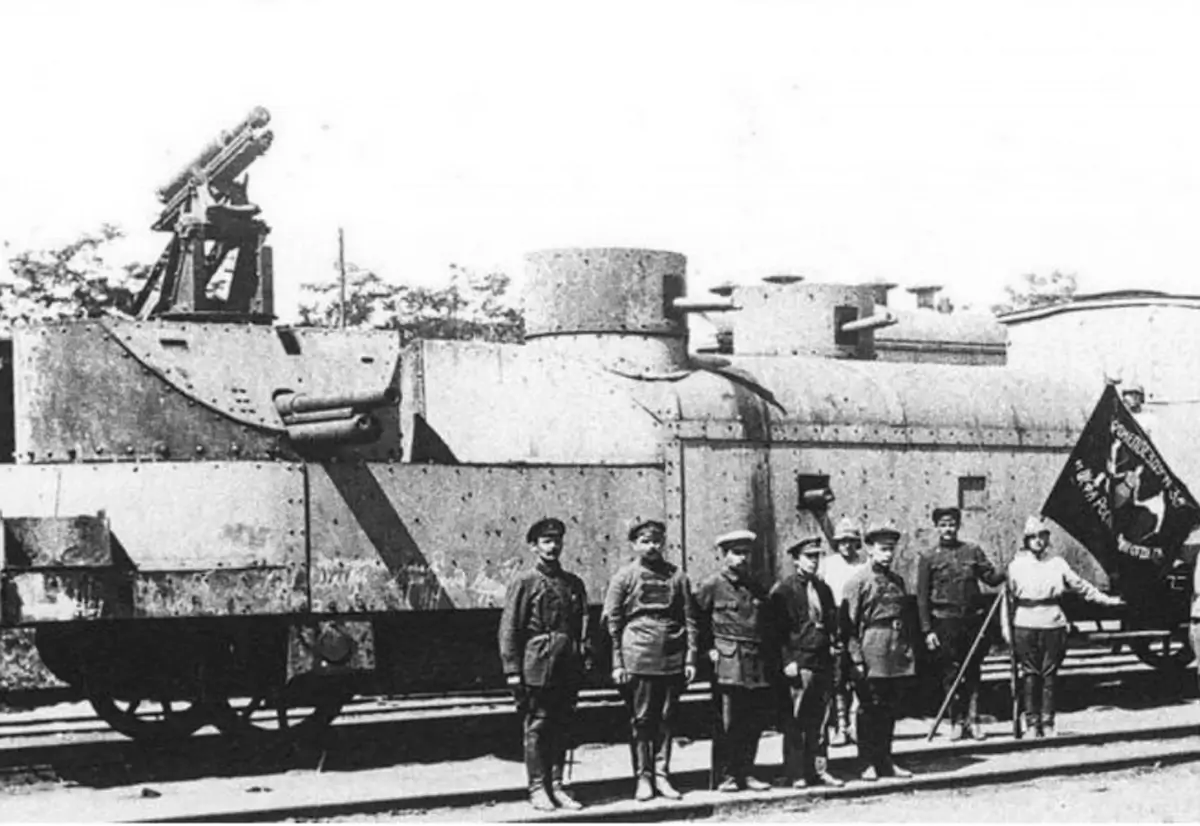
Trotsky’s armored train. Image: legendofhistory.com
18. The Creation of the USSR: A New Nation Emerges
In December 1922, the Union of Soviet Socialist Republics (USSR) was officially established, uniting Russia with the neighboring Soviet republics. This marked the culmination of the Bolsheviks’ revolutionary goals, creating a new nation based on socialist principles.
The USSR’s formation represented a significant shift in global politics, introducing a new form of governance and challenging the existing world order. The creation of the USSR was a momentous event, setting the stage for the Soviet Union’s role in global affairs for much of the 20th century.
19. The New Economic Policy (NEP): Lenin’s Compromise
In 1921, Lenin introduced the New Economic Policy (NEP), a strategic retreat from full state control over the economy to a more mixed economic model. This policy allowed for small-scale private enterprises and some market mechanisms, aiming to rebuild the war-torn Russian economy.
The NEP was a pragmatic move by Lenin to stabilize the country and address the dissatisfaction among the populace. It represented a temporary compromise, balancing socialist ideology with economic practicality.
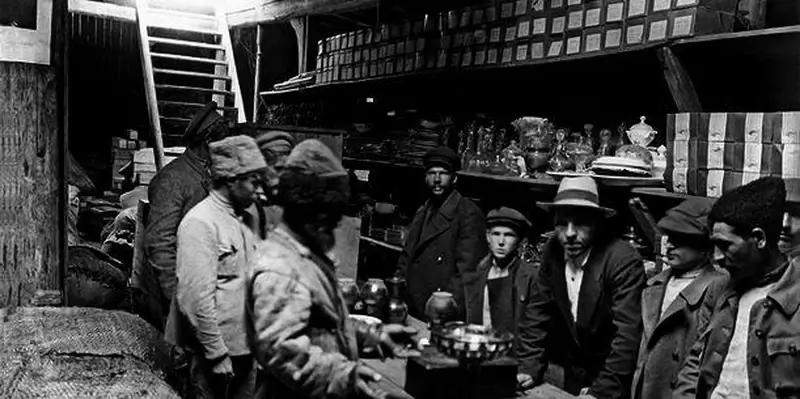
A village market in Soviet Russia during the NEP period. Image: alphahistory.com
20. Influence of the Russian Revolution on Global Art Movements
The Russian Revolution catalyzed global art movements like German Expressionism and Italian Futurism. The Russian avant-garde’s radical approach heavily influenced Germany’s Bauhaus, established in 1919, which adopted principles of functionality and simplicity. Italian Futurists, advocating for societal change, found resonance in the revolution’s radicalism.
These influences fostered a politically engaged European art scene in the early 20th century.
21. The Russian Revolution’s Legacy in Modern Russia: Tangible Echoes
The Russian Revolution’s legacy in modern Russia is multifaceted. Politically, it established the framework for a centralized government, a feature still evident in today’s governance. Culturally, the revolution spurred a unique Soviet aesthetic in art and architecture, remnants of which are visible in cities like Moscow and St. Petersburg. Economically, the shift towards state-controlled models during the Soviet era laid the groundwork for Russia’s current mixed economy, blending market and government control.
Additionally, the revolution’s emphasis on universal education and science led to a well-educated populace and technological advancements, aspects that continue to influence Russia’s global positioning.
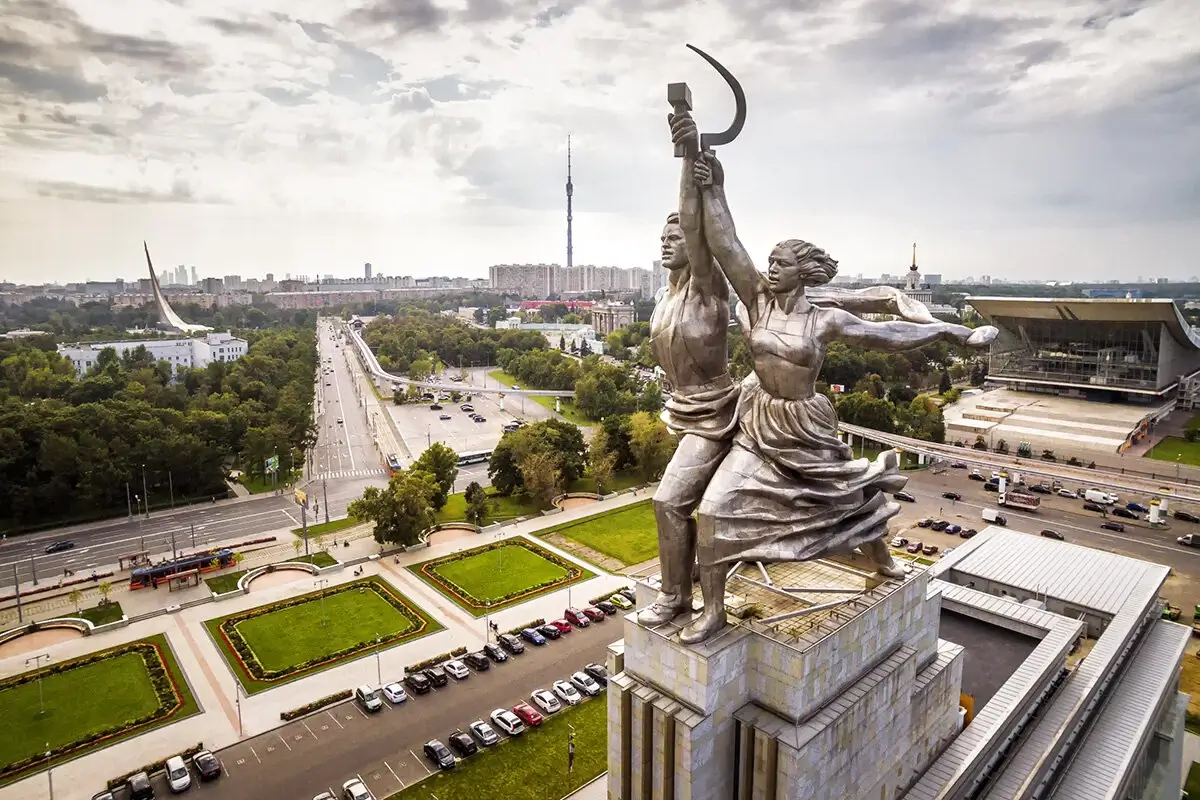
Image: BBC
FAQ
Why is the Russian revolution interesting?
The Russian Revolution is fascinating due to its dramatic shift from centuries-old tsarist rule to the establishment of the world’s first communist state. It was a series of complex events marked by political upheaval, social transformation, and philosophical debates about governance and society. The revolution impacted not just Russia, but had far-reaching effects on global politics, economics, and culture, setting the stage for major 20th-century developments like the Cold War.
What are 2 key reasons for the Russian revolution?
Two primary reasons for the Russian Revolution were the widespread discontent with the autocratic tsarist regime and the immense strain of World War I. The tsarist government’s failure to address basic social and economic issues, like land reform and workers’ rights, led to increasing frustration among the populace. Additionally, Russia’s involvement in WWI exacerbated these issues, leading to severe shortages, high casualties, and widespread despair, which ultimately catalyzed the revolutionary movement.
What were the 3 main features of the Russian revolution?
The three main features of the Russian Revolution were:
- Overthrow of the Tsarist Regime: The abdication of Tsar Nicholas II in response to the February Revolution marked the end of centuries of autocratic rule in Russia.
- Rise of the Soviets and Bolsheviks: The emergence of soviets (workers’ councils) and the rise of the Bolshevik Party, led by figures like Lenin and Trotsky, represented a new political force advocating for socialist principles.
- Establishment of a Communist State: The culmination of the revolution was the establishment of the Soviet Union, a new communist state, which radically altered the political landscape of both Russia and the world.
What was Russia before 1917?
Before 1917, Russia was an imperial state ruled by the Romanov dynasty under an autocratic system. It was a vast empire encompassing a diverse range of ethnicities and territories. The Tsar held absolute power, with a social structure dominated by a nobility class, while the majority of the population were peasants living in rural areas. Economically and technologically, Russia lagged behind Western Europe, and its society was marked by significant inequality and limited political freedoms.
Who won the Russian revolution?
The Bolsheviks, led by Vladimir Lenin, were the victors of the Russian Revolution. They successfully overthrew the Provisional Government in the October Revolution of 1917 and consolidated power, eventually leading to the establishment of the Soviet Union. Their victory marked a significant shift in Russian history, as they implemented a communist ideology and restructured the state’s political, economic, and social systems.


